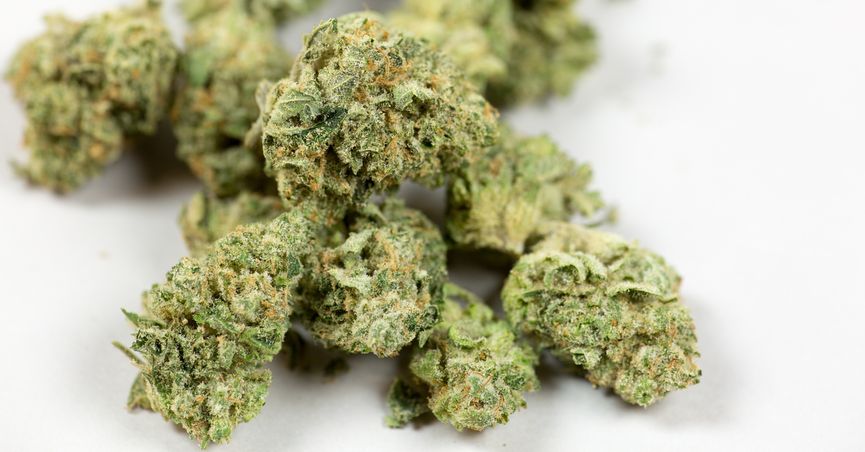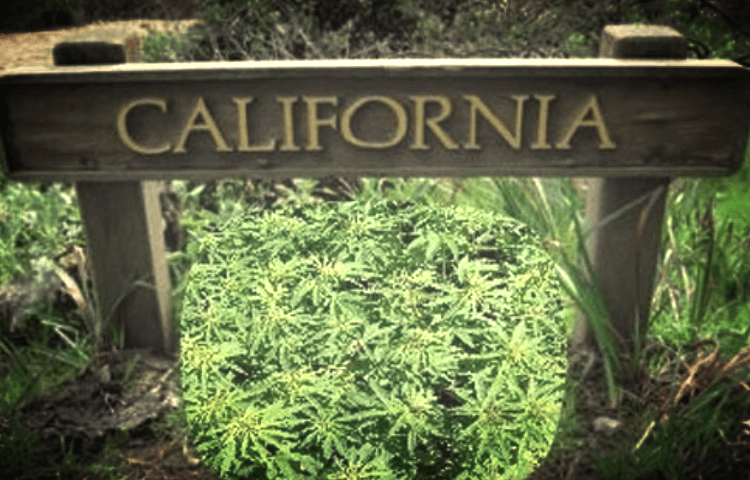In Northern California, two intoxicants are king — wine and weed.
Both products drive the $3.2 billion-a-year tourism industry in Napa and Sonoma counties. But as wildfires continue to rage through the region this week, marijuana growers and winemakers are struggling to keep their crops safe.
At least 42 people have died in the fires, and thousands of homes and businesses were destroyed since the flames first ignited Oct. 8. Firefighters have begun to contain some fires that forced the evacuation of nearly 100,00 people.
California wineries suffered less damage than marijuana farms because most vineyards in the area are located in valleys, which haven’t been touched by fires. Vineyards also act as a firebreak, says Jim Lapsley, agricultural researcher at the University of California, Davis.
“The way that most vineyards are grown these days is that the ground between the rows will be plowed, so it’s open ground. It doesn’t have vegetation,” he tells Young. The vines themselves have “liquid in them. The water is being pumped through the plant as it’s going into the grapes — so they are a natural buffer.”
Because the fires started at the end of Napa’s harvest season, Lapsley estimates that 90 percent of grapes have already been picked.
“The real issue for the industry right now is potential damage from smoke on the grapes,” he says. “It’s possible that the smoke can affect the grapes and the resulting wines with something called smoke taint,” which ruins their flavor.
The unpicked grapes are mostly thick-skinned Cabernet Sauvignon, according to the Napa Valley Vintners. They tend to be more resistant to smoke taint.
The Napa Valley is known for the quality of its wines, though less than 10 percentof California’s wine grapes are grown in the region, according to the Agricultural Issues Center at UC Davis. Most of the wine in California’s $34 billion industry comes from the Central Valley — a vast fertile area to the east.
The real problem in Napa Valley may not be losing grapes, but losing tourists. Road closures and burnt-down hotels will likely keep visitors away during peak tourism season. Lapsley says wine tastings and tours in most of the Napa Valley will still go on.
credit:npr.org








